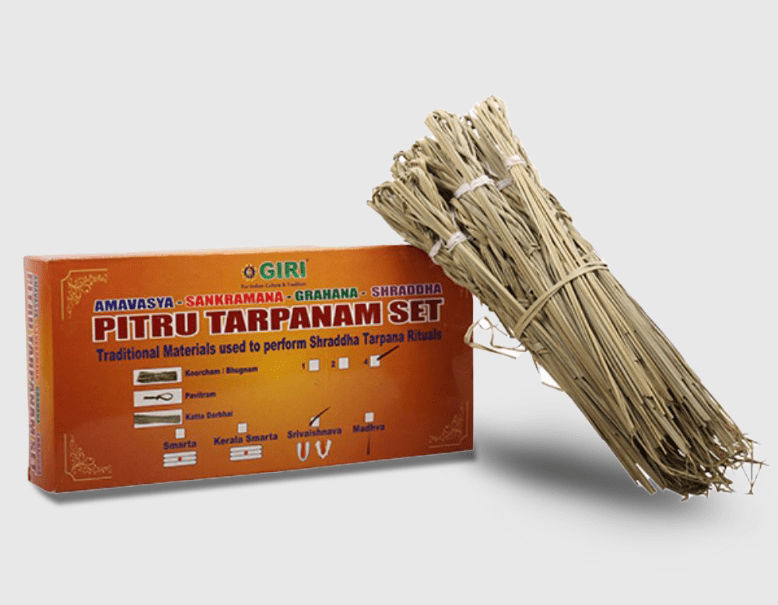Mahalaya Paksha / Pitru Paksha


Mahalaya Paksha / Pitru Paksha
Mahalaya Paksham, also known as the Pitru Paksha or the fortnight of ancestors, is an important period observed by Hindus. A paksham is a period that equates to nearly the fortnight between amavasya or no moon and the full moon or vice versa.
Hindus believe that the southern celestial hemisphere is governed by our ancestors. This period of time also coincides with the autumnal equinox when the sun moves from the northern hemisphere to the southern, and is therefore considered a sacred period of time dedicated to pay homage and perform various rites and rituals for the departed souls. This year Pitru paksham starts on the 29th of September, the 1st day following the full moon in the Hindu month of Purattasi or Ahwina, and ends on 14th October.




Hindu scriptures state that it is compulsory for a son to perform “Shraddham” to his deceased ancestors so as to allow them to move from Pitru Loka which is an intermediate realm, to salvation, in heaven. It is said that when ancestors are pleased with the offerings made by their offspring, they bestow them with good health, wealth, longevity and ultimately mukti itself.
The shraddham is usually performed on the specific day of the lunar month that the ancestor moved on. However, in today’s fast paced and demanding life, that may not always be possible. Our magnanimous scriptures allow a grace period to perform the missed shraddham during Pitru paksham - that is the importance given to this ritual!
The importance of Pitru paksham is also highlighted because it allows for rituals and rites to be performed for ancestors beyond just 3 generations, which is the stipulated procedure for the shraddham performed during the specific thithi. So much is the importance given to this fortnight that permission is granted to make offerings to the departed ancestors on every day of this period over and above the specific dates that may occur over other times in the year!




Mahalaya Paksham is a time when the current generation repays its debt to the previous generations. The rituals performed during Mahalaya Paksha vary from region to region and from family to family. However, there are some common practices that are followed by almost every Hindu household during this period.
One of the most important and common rituals is the Tarpana, which involves offering water mixed with sesame seeds, barley, and black sesame seeds to the ancestors, after invoking them through sacred mantras. Some families perform havan or homam which is a more elaborate ritual of offerings. Rice balls mixed with black sesame seeds are offered into the sacred fire and blessings for the current and next generations. It is believed that performing these rituals on the last day of this paksham (amavasya day) bestows one with the same benefits as having performed the rituals at Gaya, the most special place to perform rites for departed ancestors.
Everything that is used during these rituals are simple and pure. The most important item would be the darbhai grass and the yagnopavita or sacred thread . Food cooked throughout this fortnight is usually simple and sattvik in nature.
The significance of Mahalaya Paksha goes beyond just performing rituals. It is a time allocated to introspection and reflection on the cycle of life and death. It is a time to reflect on the impermanence of life and therefore importance of cherishing our loved ones while they are still with us.


